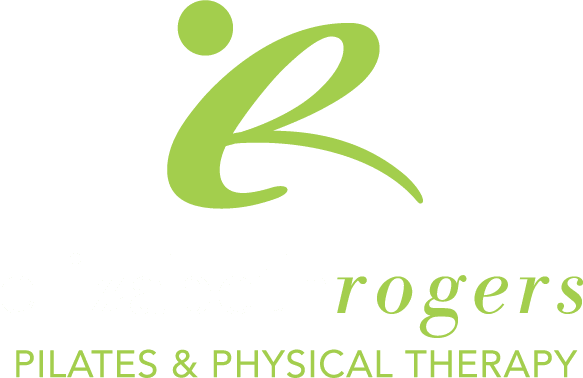Have you ever wondered what the deal is with Pilates? I mean, it’s kind of everywhere, right?
If you’re curious, you’re not alone.
And to be honest, we’re pretty great at Pilates. Our team is known in Western WA and especially in Seattle as the “Pilates PTs.”
So if you’re trying to figure out the hype, we’re definitely here to help.
Pilates is a beautiful and powerful way to strengthen your core and reduce chronic back pain.
The issue is, many clinics only dabble in Pilates.
Perhaps they have a Reformer wedged in a corner, or a Pilates instructor who works as a PT aide and provides some Pilates instruction to patients as part of their PT visits.
Occasionally, you’ll find a PT who has taken a weekend of Pilates training or a Pilates for rehab professionals course.
But, finding an entire team of PTs under one roof, who are trained in all the Pilates repertoire and have fully equipped Pilates studios for their patients is RARE.
So why do we go all in on Pilates around here? The simple answer is because it’s effective and efficient.
In July 2022, the Journal of Orthopedic & Sports Physical Therapy published a high-quality study that validates how we use Pilates at our clinics.
In a systematic review with meta-analysis of 118 randomized control trials and a total of a whopping 9710 participants. The search was on for the best exercise to reduce pain and disability in adults with chronic low back pain.
Out of all the exercises they researched, “Pilates had the highest likelihood for reducing pain (93%) and disability (97%).”
Pilates has been a part of the treatments I’ve provided for the past 21+ years, so I’ve known this kind of proof was a long time coming.
And while Pilates is fantastic for decreasing back pain, it’s best used for injury prevention.
When Pilates is part of your regular exercise routine, it helps keep your body moving and functioning optimally- meaning everything from high-level athletic performance to daily activities like standing, sitting, walking, lifting, squatting, bending and driving.
Many of our physical therapy clients decide they can’t live without Pilates.
Yep, it will make you feel that good! So good that many of our PT patients continue coming to us for weekly Pilates sessions years after they graduate from PT.
Sounds pretty amazing, right?
But maybe you have a few more questions ….
Why is Pilates more expensive than an exercise class?
Our Pilates sessions are taught by professionals who are both physical therapists AND Pilates instructors. We take a personalized and confident approach to Pilates instruction.
When you present with various conditions and injuries, we know which exercises will help you feel better AND which exercises will aggravate your injury or condition and should be modified or avoided.
Do men do Pilates?
You bet they do! We have a lot of male Pilates clients. The wonderful thing about Pilates is it can challenge bodies at any age or level of fitness.
Can’t I just watch a video and do some Pilates exercises at home?
You could certainly do this, but it might not give you the results you’re looking for and should expect from consistent Pilates conditioning.
Without an instructor checking your form and selecting exercises specific to your body and its needs, you’re just doing some exercises that may or may not help you.
But worse, if not done correctly, any exercise could injure you. And if that happens, it’s back to PT you go. (refer to discussion above about cost).
I’ve taken Pilates sessions for a long time, can I just buy a Reformer and do my own sessions at home?
I’m supportive of clients purchasing equipment for home if they also continue with some live instruction, even if it’s just once a month. It’s so easy for our form to regress or our body to adapt to doing the same workout over and over.
It also takes a lot of motivation and willpower to use that equipment on your own. Sometimes having a Pilates session that’s scheduled and paid for is the motivation you need to stay on track.
If you’re wanting a workout that’ll keep your low back pain at bay and help you function at your highest level, look no further.
Keep an eye on your inbox for more details on how Pilates with our team is different.
In the meantime, if you’re wanting to know more about our Pilates sessions, simply reply to this email with your questions!
Reference:
Fernandez-Rodriguez, R. Alvarez-Bueno, C. Cavero-Redondo, I. Torres-Costoso, A. Pozuelo-Carrascosa, D. Reina-Gutierrez, S. Pascual-Morena, C. Martinez-Vizcaino, V. Best Exercise Options for Reducing Pain and Disability in Adults With Chronic Low Back Pain: Pilates, Strength, Core=Based, and Mind-Body. A Network Meta-analysis. J Orthop Sports Phys Ther 2022; 52 (8); 505-521.






